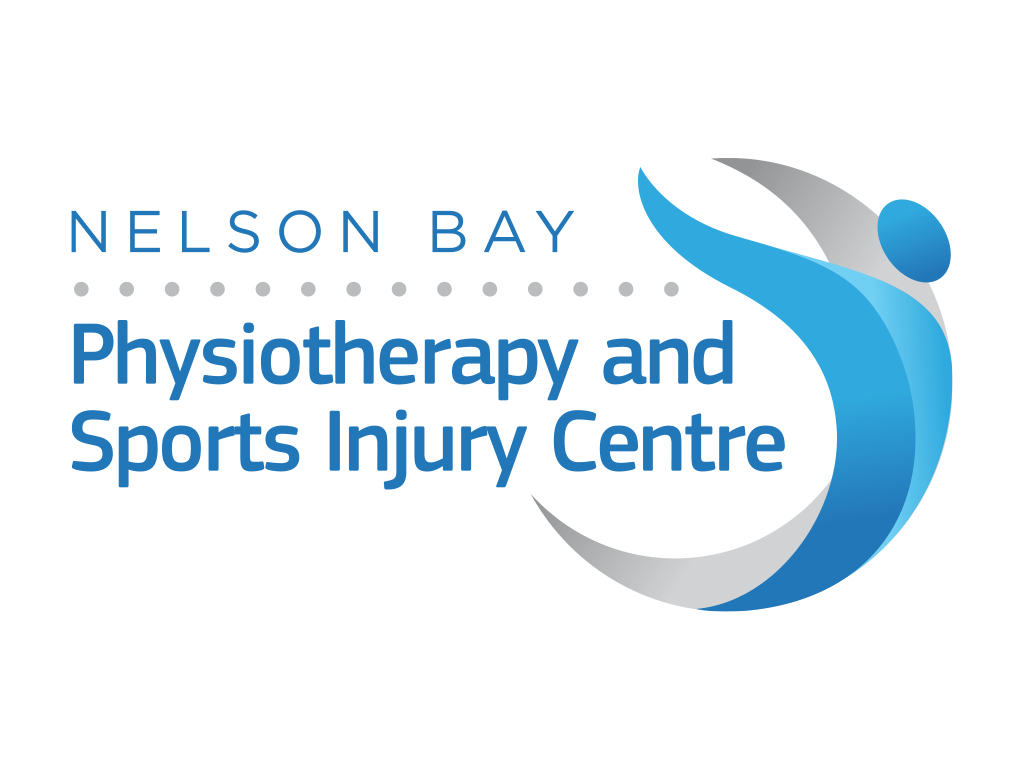World-first physiotherapy trial targets hip pain
July 24, 2015

Article by: Karen Keast
A Melbourne physiotherapist is conducting a world-first study into a crippling condition that causes pain on the outside of the hip, particularly common in post-menopausal women.The Gluteal La Trobe (GLoBE) trial is investigating whether a hormone supplement and targeted exercise programs can improve the symptoms of greater trochanteric pain syndrome (GTPS).The syndrome causes pain on the outside of the upper thigh or side of the hip, which can lead to difficulty exercising or completing general activity, from walking up and down stairs and ramps to lying in bed and sitting for long periods at a time.Risk factors for GTPS include the female gender, age, weight, lifestyle changes, back pain and a reduced angle of hip joint to thighbone in women.Women can experience changes in their tendon structure due to reduced oestrogen levels and collagen production during menopause, resulting in poorer tendon structure.
A change in activity, from taking up a new exercise program, starting new stretches and increasing exercise frequency, can overload and compress an already vulnerable tendon and lead to GTPS.La Trobe University PhD candidate Charlotte Ganderton, a physiotherapist at Mill Park Physiotherapy and Eastern Health, said the study involves two randomised controlled trials – one examining the effect of a targeted exercise program while the other investigates the use of a hormone therapy cream coupled with targeted exercise.Ms Ganderton, a member of the Australian Physiotherapy Association, said most research into lateral hip pain has focused on medical interventions such as cortisone injections and surgery.“We know exercise helps other tendon conditions such as in the Achilles, patellar and hamstring yet very little has been explored into similar management of GTPS,” she said.“Studies into supplemental oestrogen have found that it is beneficial for increasing skeletal muscle strength, reducing fractures, preserving bone mass and preventing a decline in the collagen content of the skin.
“Studies have also suggested that tendon cells contain hormone-specific receptors, suggesting the tendon is responsive to oestrogen.
“Investigating the role of hormone supplementation as a treatment for GTPS is a world-first, and is also a very important step towards helping patients manage this debilitating condition.”
The study provides participants with free physiotherapy sessions, education about managing GTPS and a home exercise program that includes three simple exercises. The interventions span a three-month timeframe and the study monitors participants’ progress over a year.
Ms Ganderton said the study, which began in January, is already producing encouraging results with participants reporting reduced pain and improved hip movement.
“I had a participant ring me the other day and say – ‘the next time I see you, I’m going to give you a big hug, you’ve changed my life’,” she said.
“It seemed a little bit unbelievable that just a small amount of education and a few exercises has completely changed her outlook on life.
“Impacting upon people’s day to day life is probably the most rewarding thing to come out of the study.”
Ms Ganderton said while 24 women are enrolled for the hormone study and another 56 are enrolled in the exercise study, more participants are needed.
“Our aim is to get about 80 for the exercise study and 120 for the hormone study,” she said
“We are administering the hormones via a cream and we’re also making sure that these participants have had a consultation with a sports physician, they’ve had a full medical, blood test and an ECG before they commence the study.”
Ms Ganderton said lateral hip pain is often misdiagnosed as back pain, bursitis or hip arthritis, leading to poor management of the condition and ongoing issues for those affected.
“These women bounce from health professional to health professional, from injections to sports doctors to imaging, and they never really get on top of what’s going on,” she said.
“We hope we can change that and help women get back on with living a much better quality of life with a lot less pain.”
Ms Ganderton said a diagnosis of GTPS involves an understanding of the interplay between gluteal tendon and bursa.
“There are more options than medical management. Physiotherapy can be a fantastic tool to use to reduce pain in the area and increase their day to day function,” she said.
“Women with the condition need to access the right physio, someone who really understands the condition and can treat it accordingly, to really get better.”
Results of the study will be presented to the APA at the end of the year.
